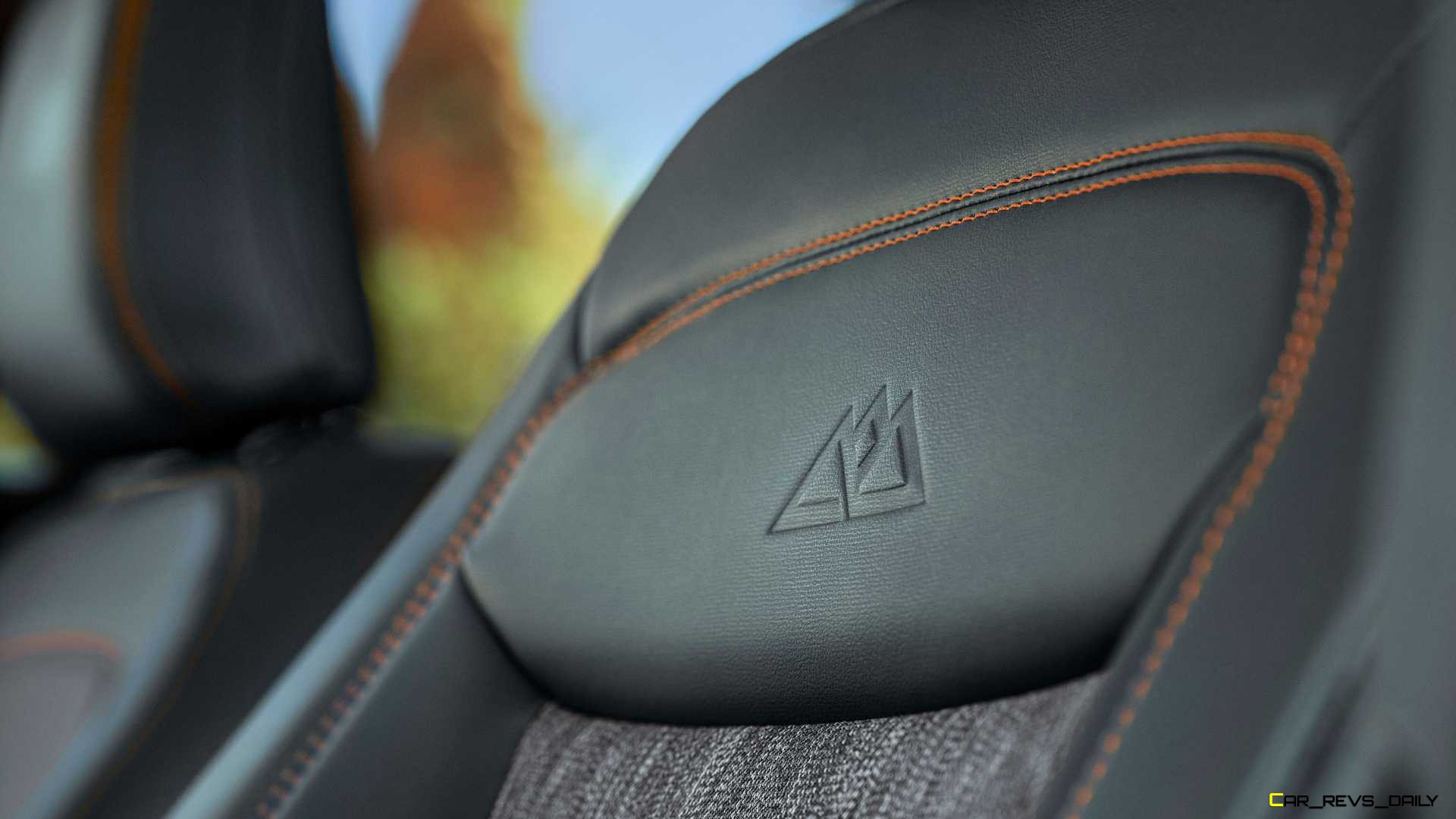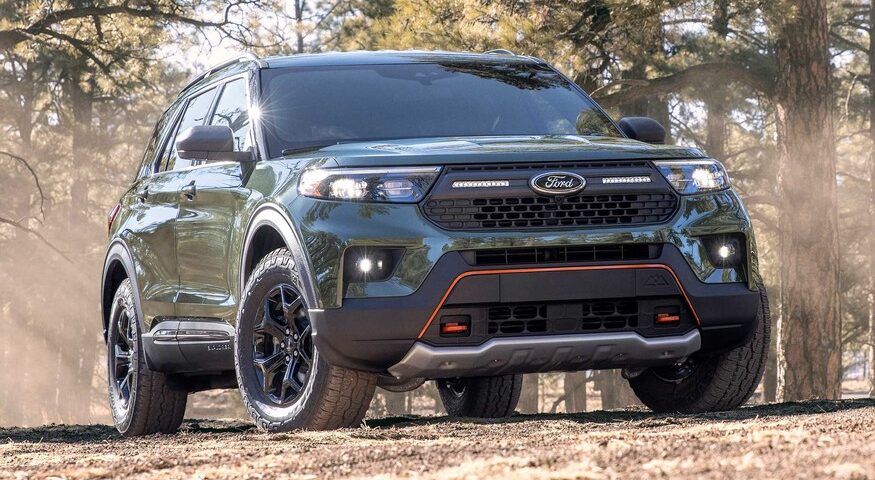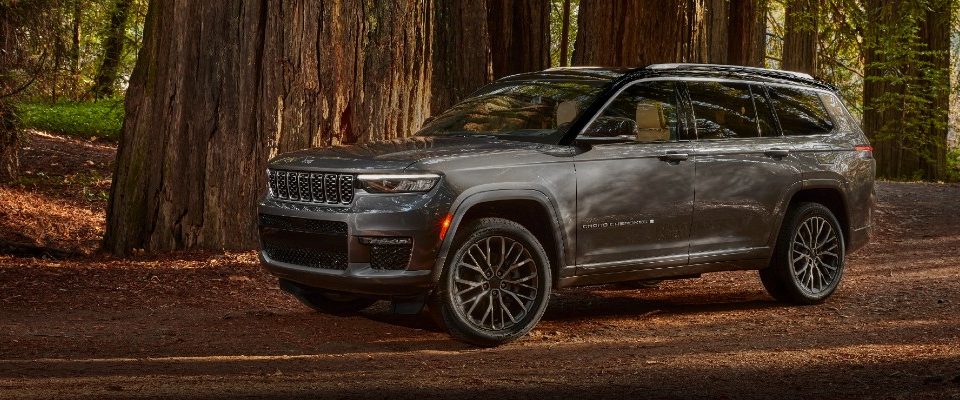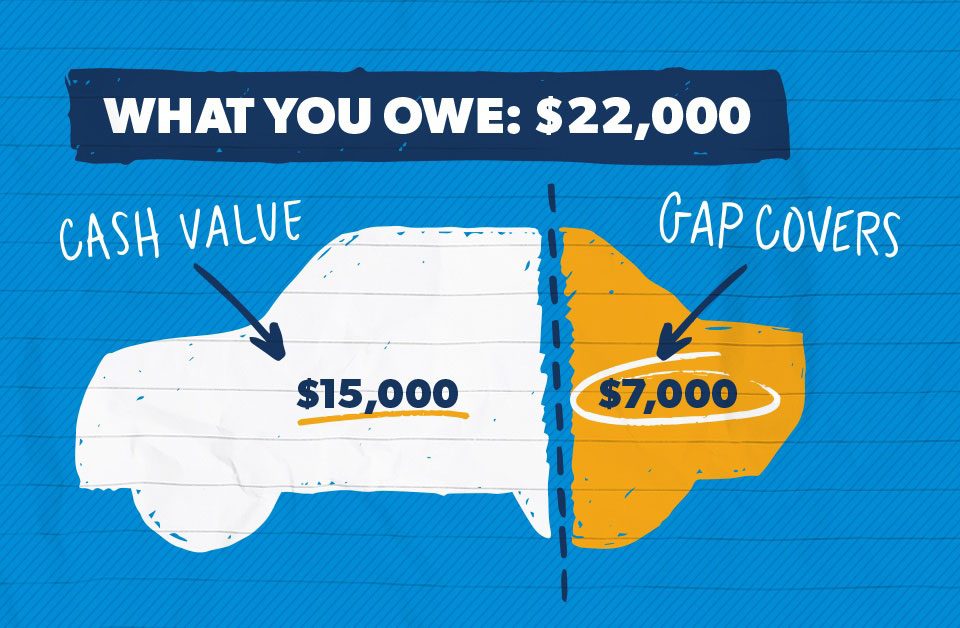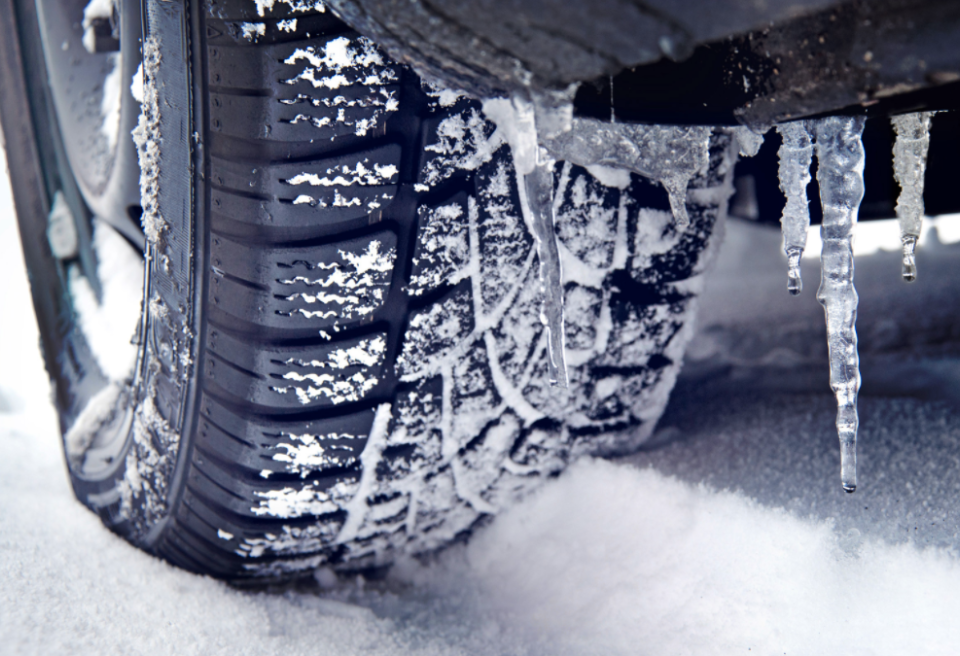2021 Ford Explorer Timberline

All New 2022 Ford Maverick
07/09/2021
2022 Mitsubishi Outlander
08/06/2021Are there really that many people actually going off-road with their off-road SUVs? Ford says there are, and so it’s releasing the Explorer Timberline, new and most-rugged trim on its midsize three-row sport-utility.
Timberline is actually destined to become a slightly rougher and tougher trim level on most of Ford’s SUVs, although the company hasn’t said which will be next. The 2021 Explorer Timberline arrives this summer, but you can order one right now.
It’ll start at $50,799 in Canada, the same price as the Limited trim. That’s one step up from the base XLT, which starts at $45,549, but below the ST at $59,399, and the top-line Platinum that starts at $65,649.
Ford is no doubt riding the recent off-road wave it kick-started with the upcoming Bronco, and the not-as-gnarly Bronco Sport, based on the Escape’s platform. The Sport has already proven very popular, and it’s likely going to outsell the Bronco in the long run – not just because it’s cheaper, but because people who also want on-road comfort and practicality outnumber those who mainly want to shed their doors and roof, and drive to the middle of nowhere.
That’s the idea behind the Explorer Timberline. Ford says it’s targeting buyers who want “an ideal combination of passenger space, moderate off-road capability, and great manners around town.”
The big differences between the Timberline and other Explorer models are a Torsen limited-slip differential, a 19-mm increase in ground clearance, unique front and rear bumpers that increase approach and departure angles, steel skid plates, Bridgestone Dueler all-terrain tires, and heavy-duty shocks borrowed from the Explorer Police Interceptor.
The XLT and Limited are powered by a 2.3L turbocharged “EcoBoost” four-cylinder with the turbocharger, and the Timberline gets it too. It makes 300 horsepower and 310 lb-ft of torque, mated to a ten-speed automatic transmission. It runs on 87-octane regular fuel and is officially rated at 10.3 L/100 km in combined driving. Ford Canada hasn’t yet released any differences for Timberline’s numbers. (Other Explorer engine options are a 3.3L V6 in the Limited Hybrid, and 3.0L EcoBoost V6 in the ST and Platinum.)
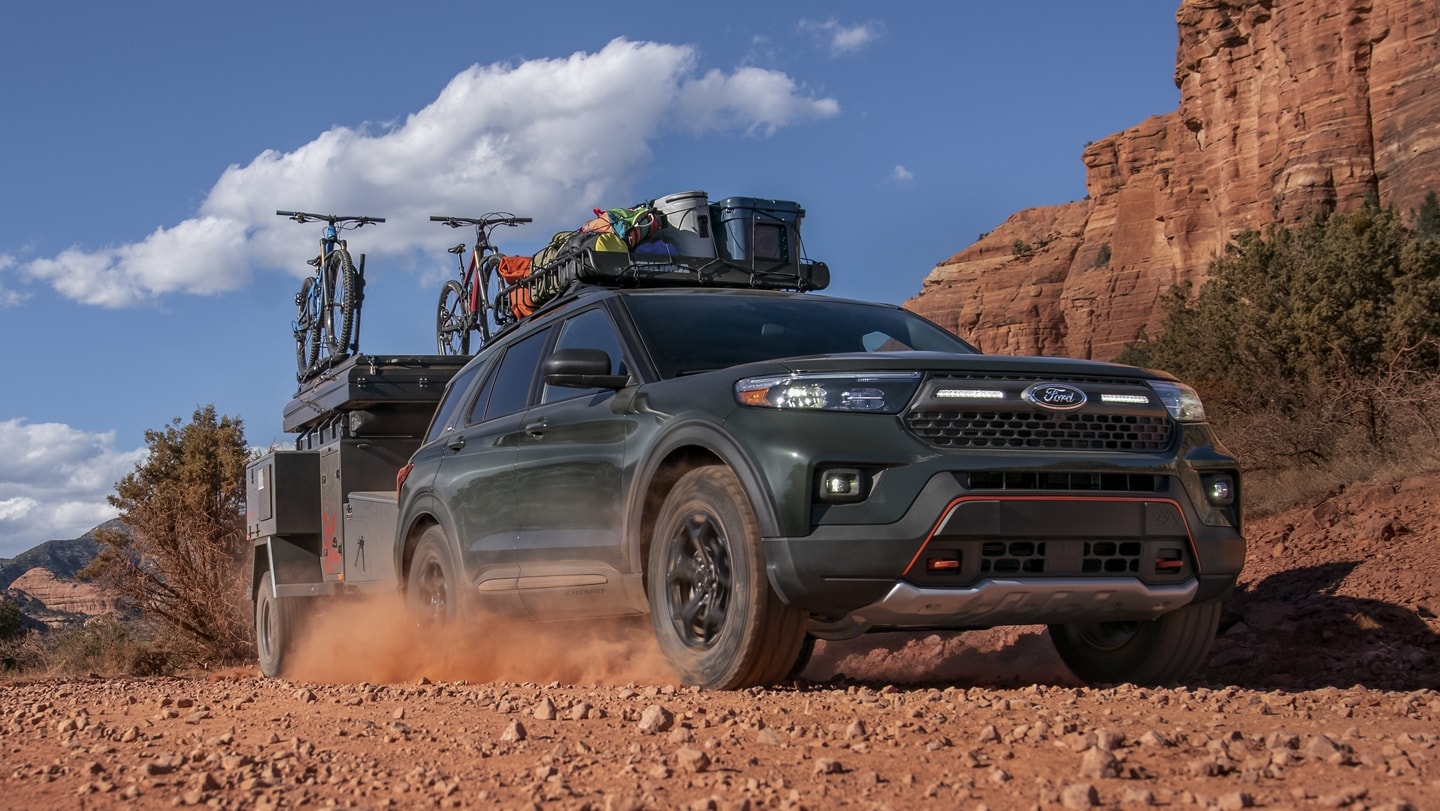
All-wheel drive is standard across all models, and for its 2020 redesign, the Explorer switched from primarily driving the front wheels – which it had done for about a decade – to focusing on the rear ones. On the Timberline, if one rear wheel loses traction, the Torsen limited-slip differential stops it from spinning and sends power to the other wheel to keep moving forward.
All Explorers, including the Timberline, also have Terrain Management, with seven drive modes that adjust the all-wheel, throttle, transmission, and other systems for the mode selected, such as snow or trail. Hill descent control is standard on all, which keeps a constant speed downhill in off-road conditions – between 3 and 19 km/h – without the driver using the brakes. A 360-degree camera includes a front view that’s useful on the trail.
The Timberline’s new front gives it an approach angle of 23.5 degrees; a departure of 23.7 degrees; and ground clearance is 220 mm (8.7 inches). Regular Explorer models are 20.1 approach and 22.0 departure, so you can tackle a bit more in the Timberline, but the smaller Bronco Sport Badlands has it beat.
For getting the toys to the trail, the Timberline comes with a standard Class III towing package, for the maximum pull of 5,300 lbs. On the XLT and Limited, the package is a $600 option.
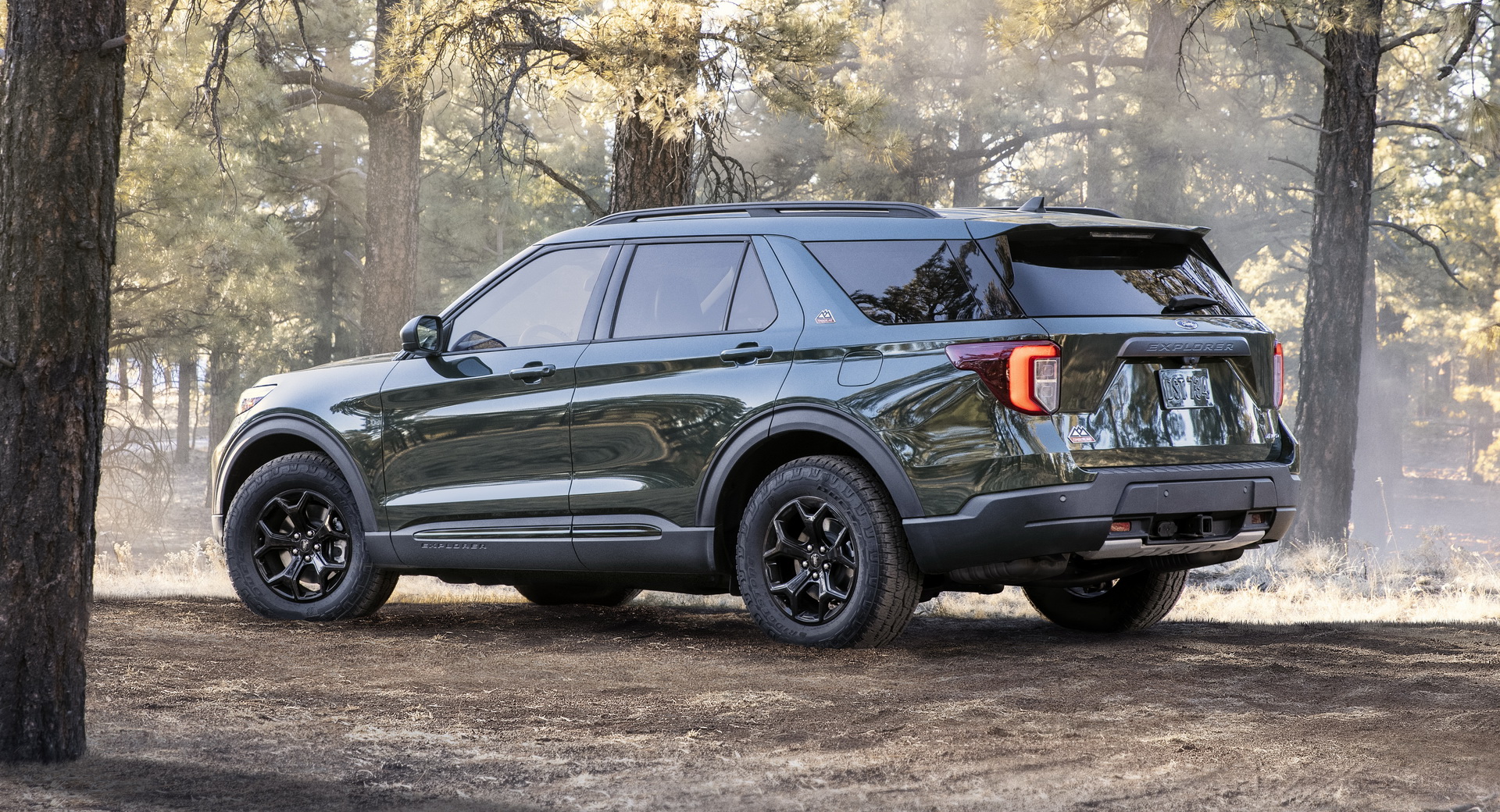
The new trim will arrive with a coat of green paint – Ford calls it Forged Green Metallic – and with grey grille, blacked-out trim, red front tow hooks, and 18-inch wheels etched with the Timberline logo. LED fog lamps are standard, and there’s a wiring harness for off-road auxiliary lights, available from the dealer.
The interior’s color scheme continues the outdoorsy theme, including Deep Cypress trim and Stone Mesh instrument panel. The seats are easy-clean, clad in a faux-leather material called Active X with cloth inserts, and rubber liners are standard equipment over the carpeted floor. The seats are heated, as is the steering wheel, as it should be for chilly mornings.
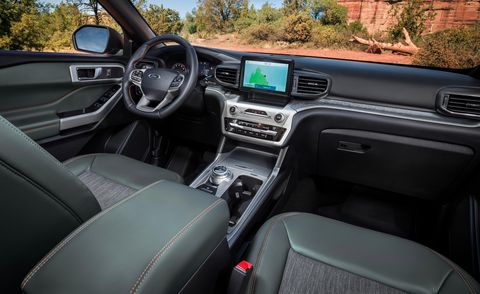
Ford’s Co-Pilot Assist+ is standard on the Timberline, as it is on the Limited. It includes adaptive cruise control with stop-and-go, lane-centering, speed sign recognition, evasive steering assist (which determines if you’re about to smack into the car ahead, and you’re not steering hard enough to miss it), and navigation.
